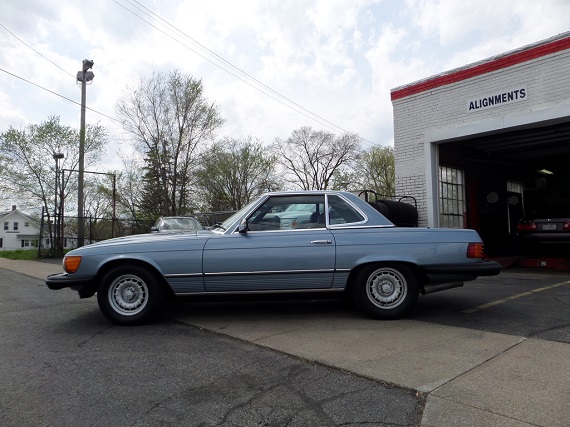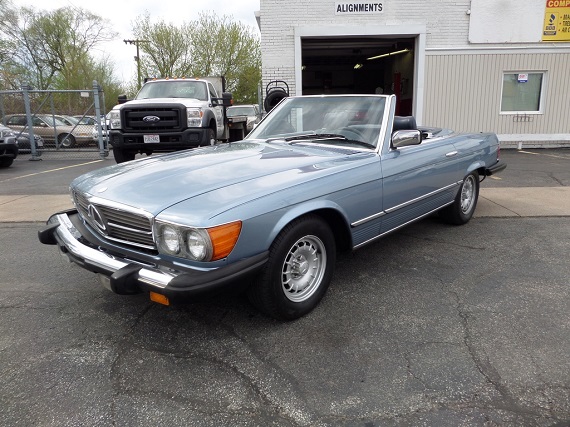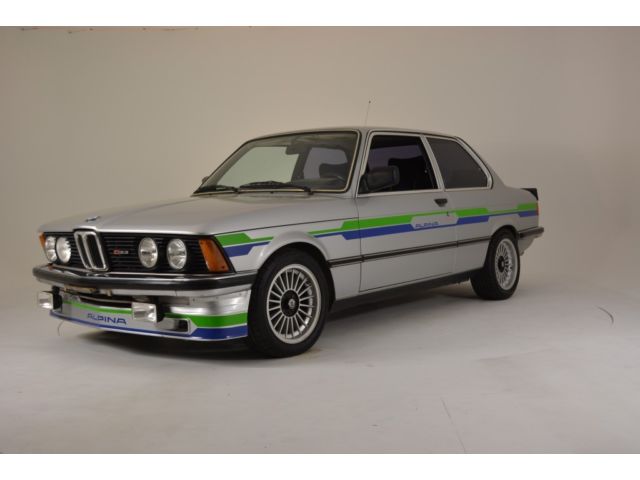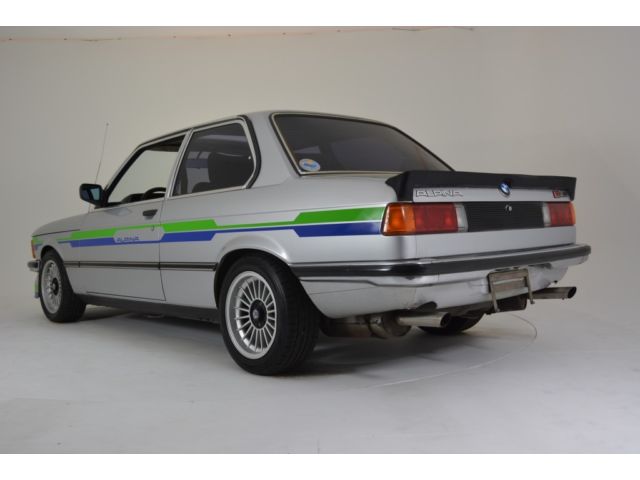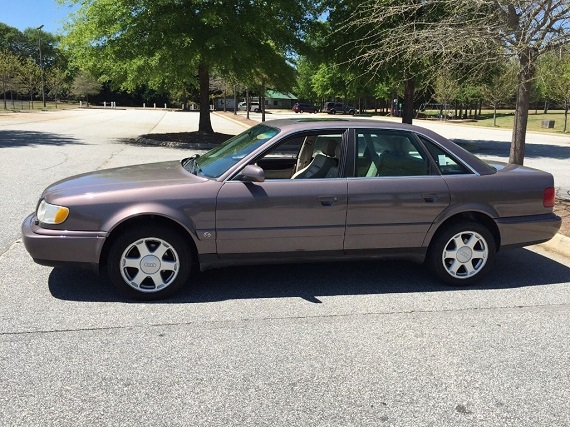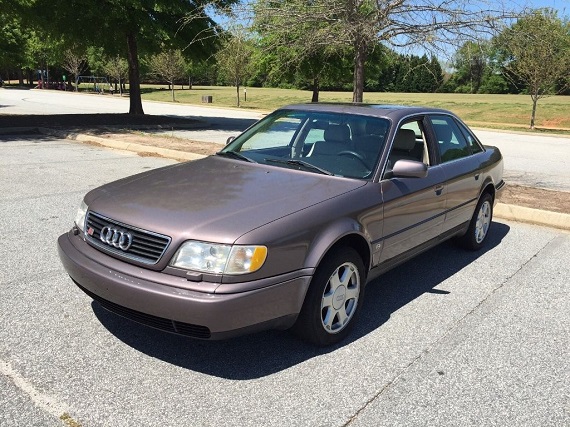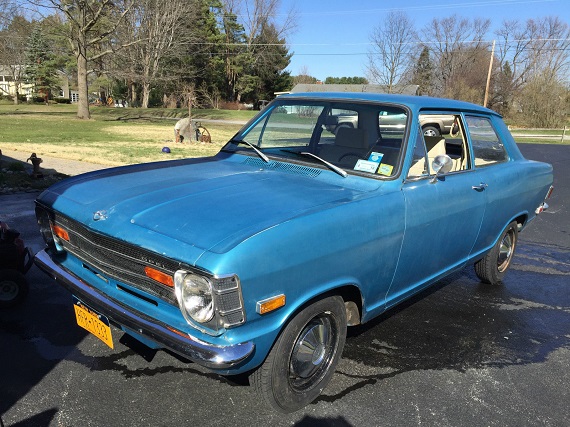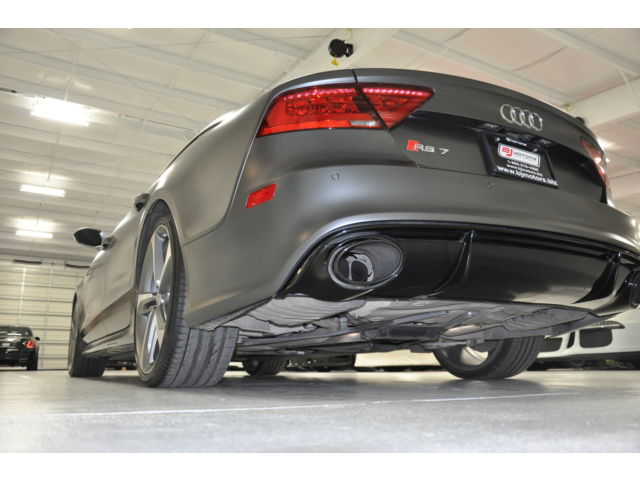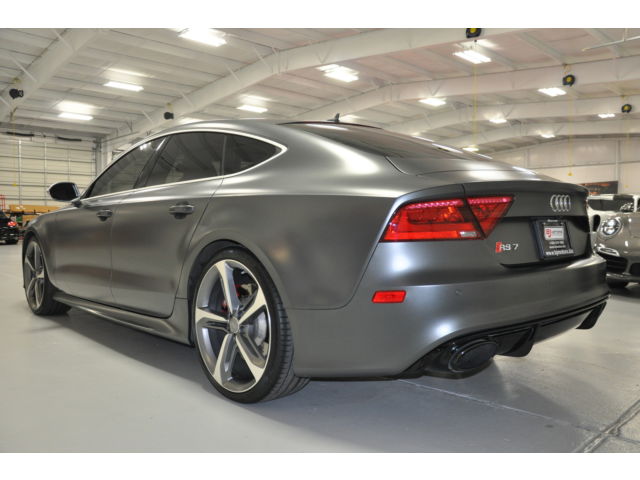Hard to believe though it may seem with today’s plethora of topless options, back in the early 1980s your selections were quite limited. Bucking the belief that the convertible would be killed off, Volkswagen emerged with a Rabbit Cabriolet that featured a massive rollover hoop for protection. Porsche entered the fray in 1982 as well, bringing back the cabriolet model that had been missing since the 356. But the only choice if you wanted a luxury convertible was the Mercedes-Benz SL. From 1971 to 1989, this car was the undisputed king of open-air motoring, and for good reason. This weekend, I walked by a Buick Cascada and thought “Wow, that looks cheap”. Though the 1980s were accused of being the era of rampant consumerism, the reality is that it was a very narrow window of incredible products. In the 1970s, for a new car to last a few years and maybe up to 100,000 miles was semi-miraculous. Yet suddenly in the 1980s we as consumers were presented with a number of cars that would run for three times that amount with little difficulty. They started every time, were mechanically well engineered and even got reasonably good fuel economy. It was the brief period where the engineering overtook the penny pinching accountants, when cars were made well and to a standard that would last. By the 1990s, cars had become much more disposable again – the reality of keeping a car company afloat, unfortunately. But looking through the photos of this 1985 380SL, I happened across the sticker bearing the signature of Gottlieb Daimler. The sticker is a bit worn and peeled around the edges with a slight discoloration, but on that sticker are the words “a DAIMLER-BENZ product”. That meant something in the 1980s, because these were simply the best engineered and constructed cars in the world. You were buying one for a lifetime of service, not two years of commuting. They were expensive, but they were the benchmark by which all others were measured. I still remember when the Cadillac Allante debuted in 1986, aimed to compete against this very car. Now, by that time the R107 was 15 years into production and probably 20 years from original sketch, so it was pretty tired as designs go. But Car and Driver compared the two and walked away saying that the Mercedes-Benz was still the car to get. You know what? They were right, because here we are 31 years later and this 1985 380SL still looks lovely, fresh and ready for top-down action:
6 CommentsAuthor: Carter
It’s been quite a while since we looked at a nice C4 Audi, and this S6 fits the bill well. Presented in the more infrequently seen Cashmere Gray Pearl with Platinum leather, it’s a nice original example of what was Audi’s top-tier sedan in 1995. The ‘95.5 changes were pretty minor and there were some rolling alterations to the model; closed headrests and a switch to radio versus the earlier infrared central locking are some of the few visual clues, but also some early run S6s came with the forged Fuchs alloys found on the earlier S4 rather than the later Speedline-made Avus wheels seen here. Other changes were minor overall but significant to enthusiasts – good was the wider and reinforced first gear, but gone was the option to lock the rear differential as Audi began its run of electronic differential locking. For most that won’t matter though, and what we have here is a pretty tidy example of an increasingly hard to find car:
CLICK FOR DETAILS: 1995.5 Audi S6 on eBay
2 CommentsIt’s not very often that we post supposed barn finds, but once in a while one turns up that is pretty interesting. Barn finds are all the rage right now – original, preserved vehicles as seen in shows like Chasing Classic Cars can often draw more money than perfectly restored examples even if they’re wrecks. Fairly recently, a 1961 Ferrari 250 SWB California Spyder emerged from a barn in France, covered in books and looking quite forlorn. The price it sold for was unimaginable to most mortals; $18,500,000 – the most paid for any 250 GT series Ferrari, despite the seeming poor condition. People are willing to pay for a story, it would seem, and the French Ferrari was a tome of history. But what if the barn find is something less exotic…say, an Opel? And not even a particularly desirable Opel (yes, that’s really a thing…)?
CLICK FOR DETAILS: 1970 Opel Kadett on eBay
2 CommentsA generation ago, 350 horsepower was pretty impressive. In some packages, it still is, but in the top-tier luxury sports cars executives expect 350 plus horsepower from the base models. As you travel up the ladder to the really impressive models that will get everyone to look, it’s now a staggering 550 horsepower that is the benchmark. When considering what were supercars back in the 1970s, the proverb seems to be that a brand-new stock Camry or Accord would out accelerate them. But when we considering this RS7 and the cars like it, they will outpace lightly used supercars. In this case, this RS7 has been further augmented by an APR tune. Though the stage level isn’t indicated, even lowly stage one is good for 674 horsepower with even more torque. The results? how about an 11 second quarter mile and 0-60 in 2.9 seconds? Forget supercars, this 4,000 lb Audi will stick with super bikes in a straight line:
